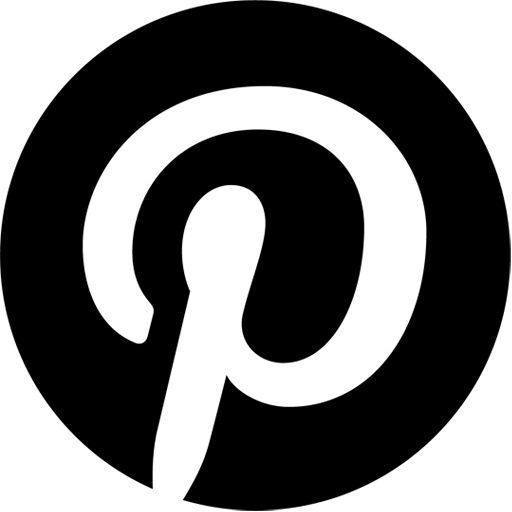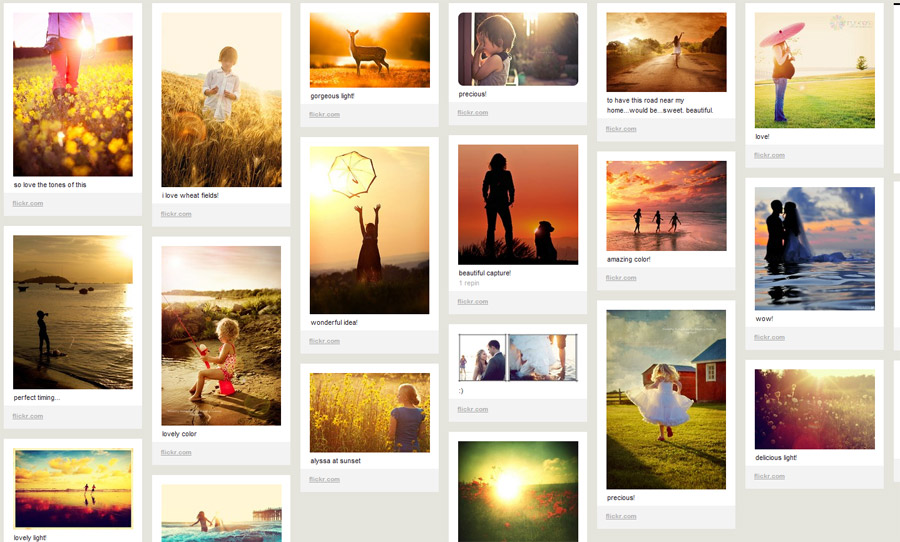how does digital inequity impact the arts sector and how might the arts sector respond to the digital inequities in their communities? This research was compiled under the belief that the arts can have a role in combatting issues of equity and inclusion outside the field of arts and culture. The arts’ role in the broader public sphere can improve the lives of all members of a community. The hope for this research is to begin to understand how that can begin to take shape to address digital inequity.
Building Interactivity into Public Art
Do you think that interactivity can improve an audience’s relationship with public art? One key element that differs public art from art produced for display in museums and galleries is that public art is often site-specific, meaning it is created in response to the place and community in which it resides. Therefore, creating public art needs a certain level of customization to the physical local environment.
Pinterest, Instagram, and Percolate: The Latest in Social Media
Today’s social media networks are engaging in covert retrospection. Even as the world preoccupies itself with its future, social media platforms are becoming uncannily reminiscent of the past. Twitter is the modern day telegram, Facebook the diary that is no longer hidden, and recently, there has been a flurry of activity on Pinterest and Instagram, both of which are equally retro savvy.
A board where you can pin up your favorite ideas and images. A lens that lets you transport your photos back to 1977. Yes, Pinterest and Instagram are definitely retrograde in their outlook, and more importantly, incredibly popular. In fact, so many have taken an interest in Pinterest that last year it was “one of the top ten most visited social networks.” Hence, a host of organizations have begun to use these networks to visually engage with their readers, customers, or audiences.
Pinterest is a virtual pin board where you can “organize and share all the beautiful things you find on the web.” Users can categorize their interests into boards and subsequently build on that interest through pinning up images that inspire or appeal to them. Moreover, each pin can be re-pinned, liked, and commented on, leading to the creation of a social dialogue.
Recently, there was an informative article in Outspoken Media about how to effectively use Pinterest. In her article, the author mentioned that while it is against the Pinterest’s etiquette to use the site for self-promotion, brands could nevertheless use it to narrate their own story, rather than the story of what they sell.
“Pinterest works best when brands show customers what’s going on below the surface. When they allow consumers to see the spirit of their brand by showing them not what they do, but why they do it – what inspires them, what moves them, what the company culture is based on. They do that all through topic-specific boards.”
Given the entirely visual motivations of Pinterest, it’s striking that not many arts organizations are on the site. There is even a whole category of pins under Art! If your organization’s mission, vision, passions, and inspirations can be conveyed visually, then you may want to check whether Pinterest is hiding behind more significant pins (Facebook, Twitter) on your social media brown board.
 While Pinterest is teeming with inspiring and beautiful pictures, the social media app Instagram, may just be the source of those pictures. Instagram is an app that lets you filter your images in a variety of styles, which can then be uploaded to the Instagram site and shared with other users. The filters, which are remarkably, aesthetically attuned, have probably redeemed many a picture from the depths of Dante’s photographic inferno, (if one were to exist).
While Pinterest is teeming with inspiring and beautiful pictures, the social media app Instagram, may just be the source of those pictures. Instagram is an app that lets you filter your images in a variety of styles, which can then be uploaded to the Instagram site and shared with other users. The filters, which are remarkably, aesthetically attuned, have probably redeemed many a picture from the depths of Dante’s photographic inferno, (if one were to exist).
And for an app that is used, even by the President of America, for politically strategic if not aesthetic reasons, Instagram has certainly gained a lot of momentum. Arts organizations can use the app for sprucing up images they’d like to share and publish them on a wide variety of sites, including Instagram itself. The app can also work as a marketing tool and was recently employed by Tiffany & Co in their ad campaign titled What Makes Love True.
Finally, if the muse of social media content generation has marooned you on the island of blankness, Percolate is here to help. Percolate helps brands generate content through the process of online curation. As stated on their website, “Percolate bubbles up interesting content from around the web and presents it back to a brand editor to add a comment and publish back out to social channels and websites.” As of now, the site is invite only, but brands can get in touch and learn more about the dissipation of social media content on their website.
So before you despair at the idea of building yet another social media platform, wait a while. Let the possibilities that these sites open up... percolate.








